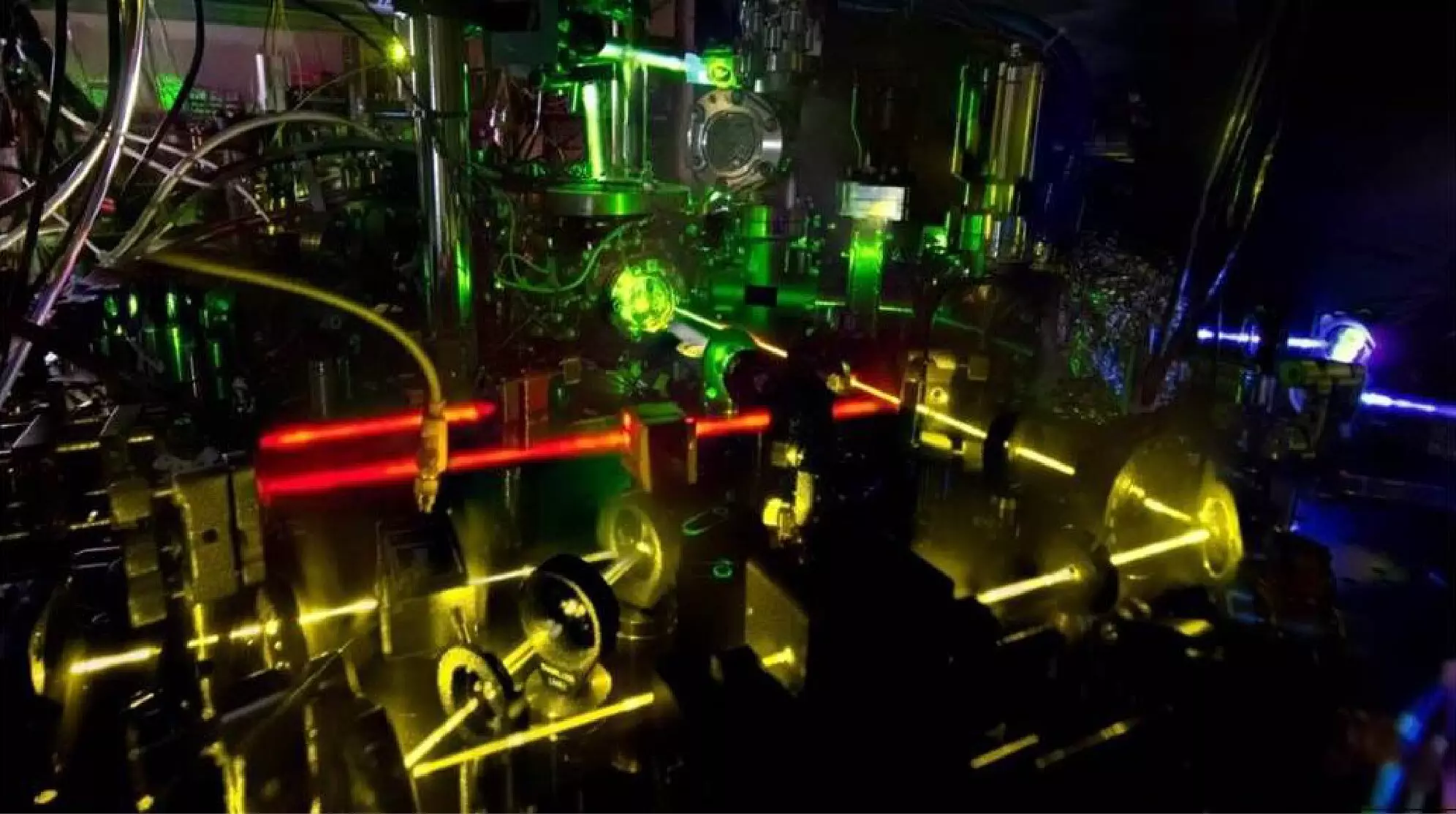In the ever-evolving realm of atomic clock technology, recent innovations from a collaborative research team consisting of scientists from the National Institute of Standards and Technology (NIST), the University of Colorado, and Pennsylvania State University mark a significant advancement. Their development of a novel sub-recoil Sisyphus cooling technique, which enhances the precision of atomic clocks, represents a major step forward in quantum metrology. This article will explore the fascinating mechanisms behind this breakthrough, its implications for atomic clock performance, and its potential applications in various technological domains.
The Foundation of Atomic Clocks
Atomic clocks are the world’s most precise timekeeping devices, relying on the consistent frequency of atomic oscillations to maintain accuracy. The heart of an atomic clock lies in its ability to measure the oscillatory behavior of atoms, often harnessing the properties of elements like cesium or rubidium. High-precision spectroscopy—the study of how atomic states transition based on energy absorption—underpins the functionality of these clocks. Scientists conduct meticulous examinations of atomic energy states, particularly focusing on transitions characterized by exceptionally narrow linewidths, often at sub-Hertz levels. Achieving precision in this domain is complex and requires finely-tuned experimental setups, but improvements in cooling techniques hold promise for significantly enhancing performance.
The Crux of Sisyphus Cooling
Sisyphus cooling, named after the mythological king condemned to eternally push a boulder uphill, cleverly mirrors this struggle. In the context of atomic physics, the technique involves manipulating the energy states of atoms as they traverse a potential landscape created by laser fields. Traditional methods of cooling often leave atoms with residual kinetic energy, hindering the precision needed for high-stakes measurements. In contrast, the new sub-recoil Sisyphus cooling technique enables the researchers to strategically reconfigure the energy shifts of their excited clock states, providing multiple climbing opportunities for the atoms while consistently guiding them towards lower energy states.
Chun-Chia Chen, one of the primary researchers involved in this project, elaborated on their approach: by engineering the excitation conditions precisely at the bottom of the potential profile, they could facilitate more effective cooling. The atoms would preferentially ascend the created potential well, ensuring that they exited the landscape with less energy—a key component for optimizing the subsequent spectral analysis.
The introduction of the enhanced Sisyphus cooling technique has profound implications for the field of spectroscopy. The researchers successfully demonstrated this method using an ytterbium optical lattice clock, showcasing its capability to refine atomic ensembles by minimizing temperature variations. This is particularly critical since temperature inconsistencies can introduce unwanted variables in high-precision measurements, jeopardizing clock accuracy.
Furthermore, Chen and his colleagues highlighted that their work allows for a more uniform atomic distribution within the optical trap—a configuration crucial for precise clock spectroscopy. Stability in this context directly correlates with an improved understanding of how external factors such as laser influences could impact the clock frequency. As a result, researchers can study these frequencies with unprecedented accuracy, allowing for a deeper understanding of the atomic behavior under scrutiny.
The advancements made through the new Sisyphus cooling technique extend beyond atomic clocks. Researchers foresee applications in quantum computing, information processing, and beyond. By achieving enhanced cooling capabilities, they unlock opportunities for finer control over quantum states, critical for the development of next-generation quantum technologies. As the field continues to grow, maintaining accurate timekeeping standards will be essential for ensuring advancements in these areas.
Looking ahead, the NIST research team intends to focus on refining their Sisyphus cooling technique further to enhance the accuracy of optical lattice clocks. Plans to explore additional applications in quantum computing and related fields reflect a broader vision that transcends traditional timekeeping. Andrew Ludlow, another researcher on the team, noted that the improved cooling mechanism fosters conditions conducive to identifying subtle clock frequency variations, thereby incrementally elevating the capabilities of quantum systems.
The innovative sub-recoil Sisyphus cooling technique has opened new avenues for atomic clock precision. With the potential for widespread application in various scientific and technological arenas, this groundbreaking research promises to boost our understanding of time, quantum phenomena, and beyond.


Leave a Reply